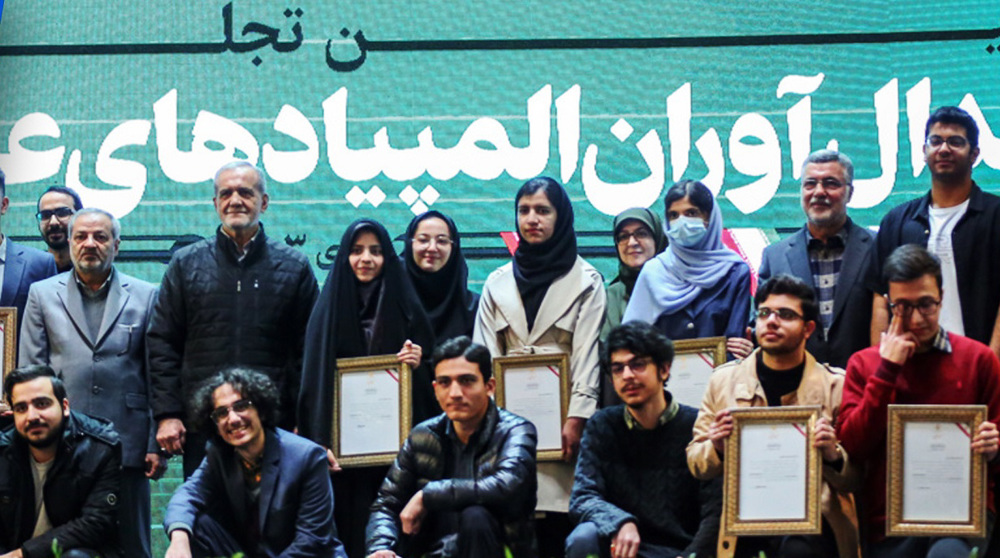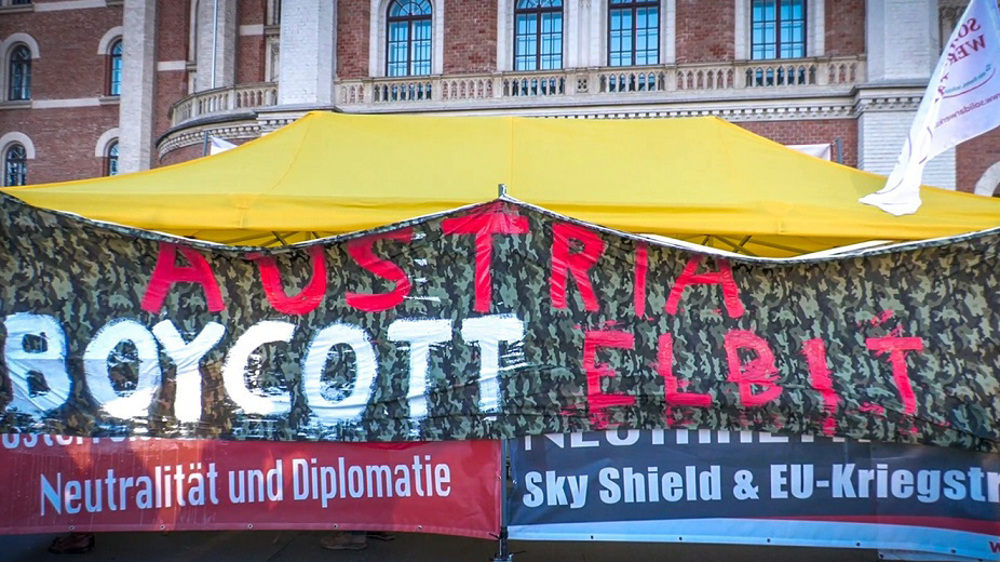Indian journalists becoming silent victims of violence in Modi’s New India
Munawar Zaman
Press TV, New Delhi
Journalists in India have been grappling with a growing spate of violence over the last few years. The fraternity hangs in balance with many questioning if truth is meaningful in Modi’s New India.
Soon after Prime Minister Modi won a landslide victory in the 2014 general elections, like other leaders, he wouldn’t shy away from talking about the spirit of democracy. The PM Said democracy will sustain only by freedom of speech and expression. But in Modi’s New India it looks like a different story altogether. Journalists in the world’s largest democracy are caught in a limbo not just about how to report but also what to report.
Many fear for personal safety, right to report the facts, while others are intimidated, harassed and even charged under draconian and sedition laws, some are threatened aggressively. A point in case is that Indian journalist Neha Dixit who revealed a horrifying ordeal while receiving a prestigious international press freedom award.
Nevertheless the show goes on while tuning in to watch your favorite prime time where abuses, yelling, personal attacks and at times cracking laughter is a routine. According to a New York-based hybrid research and journalism organization “thepolisproject,” 256 reports of violence against journalists in India were recorded from May 2019 till august 2021. Media Experts say press freedom has further diminished after the emergence of Hindu Nationalist Government of the ruling BJP.
Recent years have seen a dramatic rise in violence against journalists, while they were covering stories on different issues. Social media has also become a tool for trolling or threatening not just the journalists, but anyone, be it someone criticizing a loss in a cricket match, someone talking about how advertisements should run on Indian TV, or anyone critical of the government policies.
Many renowned journalists and media personalities have now shifted their platforms in the pursuit of truth and perhaps the other way of the Narrative. Rather than appearing on big platforms they have resorted to social media as an easy tool to put forth their side of the stories.
Experts say after the emergence of BJP in India there is a sense of polarized environment where journalists find themselves more divided. While many are still confused if it’s all about patronizing the popular rather than speaking about the unpopular. The question remains how long someone can remain ignorant in a country like India where more people have access to TV channels and social media than access to social benefits, welfare schemes, healthcare and housing. But the never ending or perhaps unwanted debates find more space in Indian media platforms rather than the ones that make difference.
Leader: Iran has no proxy forces in West Asia
US fighter aircraft shot down ‘in friendly fire’ amid aggression on Yemen
Yemeni FM: Israel’s sponsors accountable for ongoing aggression on Sana’a
Eight Palestinians killed as Israel attacks Gaza school, hospitals
VIDEO | Rome, Milan host new protests in solidarity with Palestinians
Dec. 21: ‘Axis of Resistance’ operations against Israeli occupation
Spain jurists demand ties with Israel ties be cut
VIDEO | Press TV's news headlines









 This makes it easy to access the Press TV website
This makes it easy to access the Press TV website